We Eliminated 95% of
Routine Development Work
Our modular rapid deployment stack and building-block apps eliminate the majority of repetitive development work
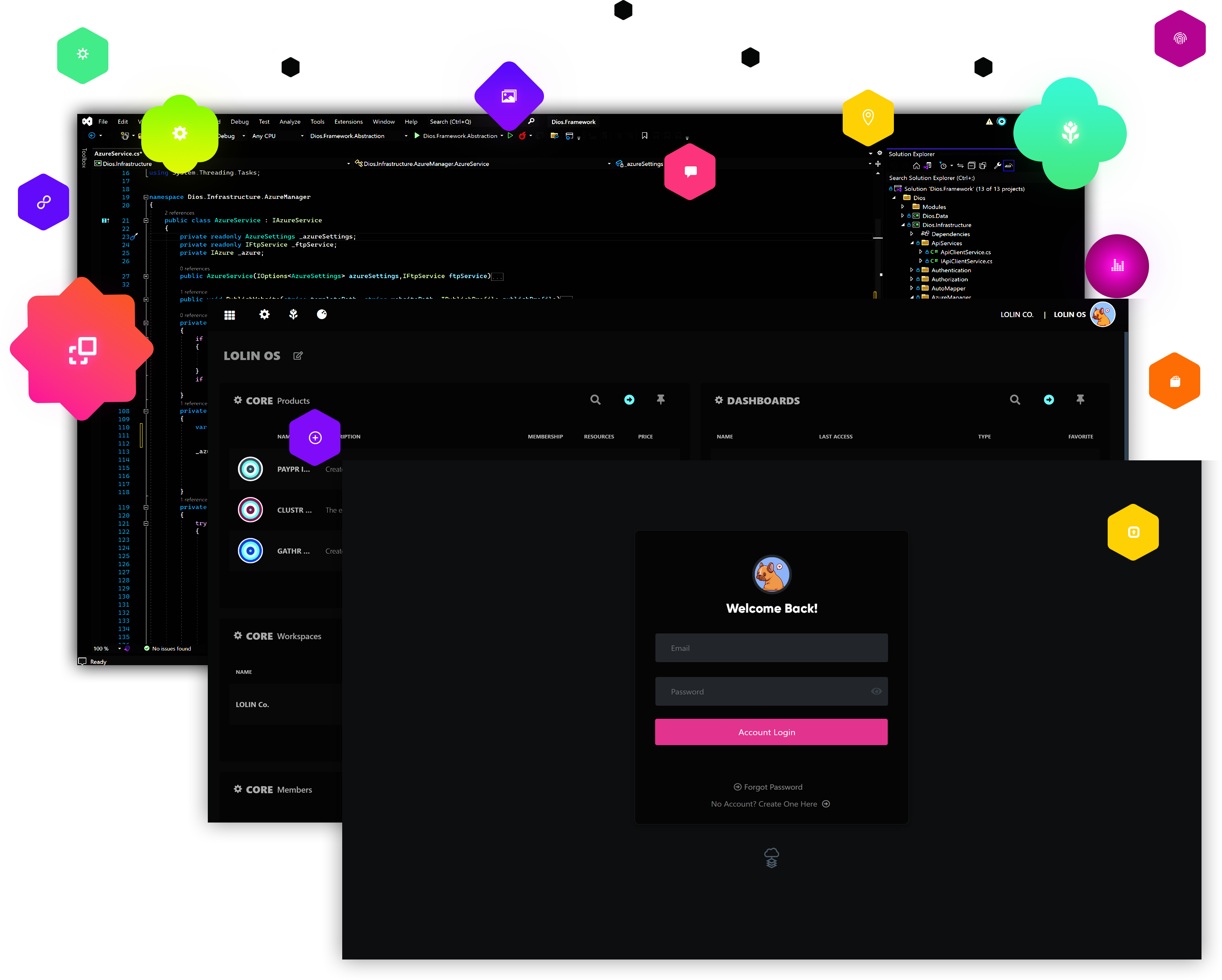

We Replaced the Static UX with
a Composable User-driven Canvas
Our Composable Canvas standardizes the UX, accelerates development, and is 100% agnostic
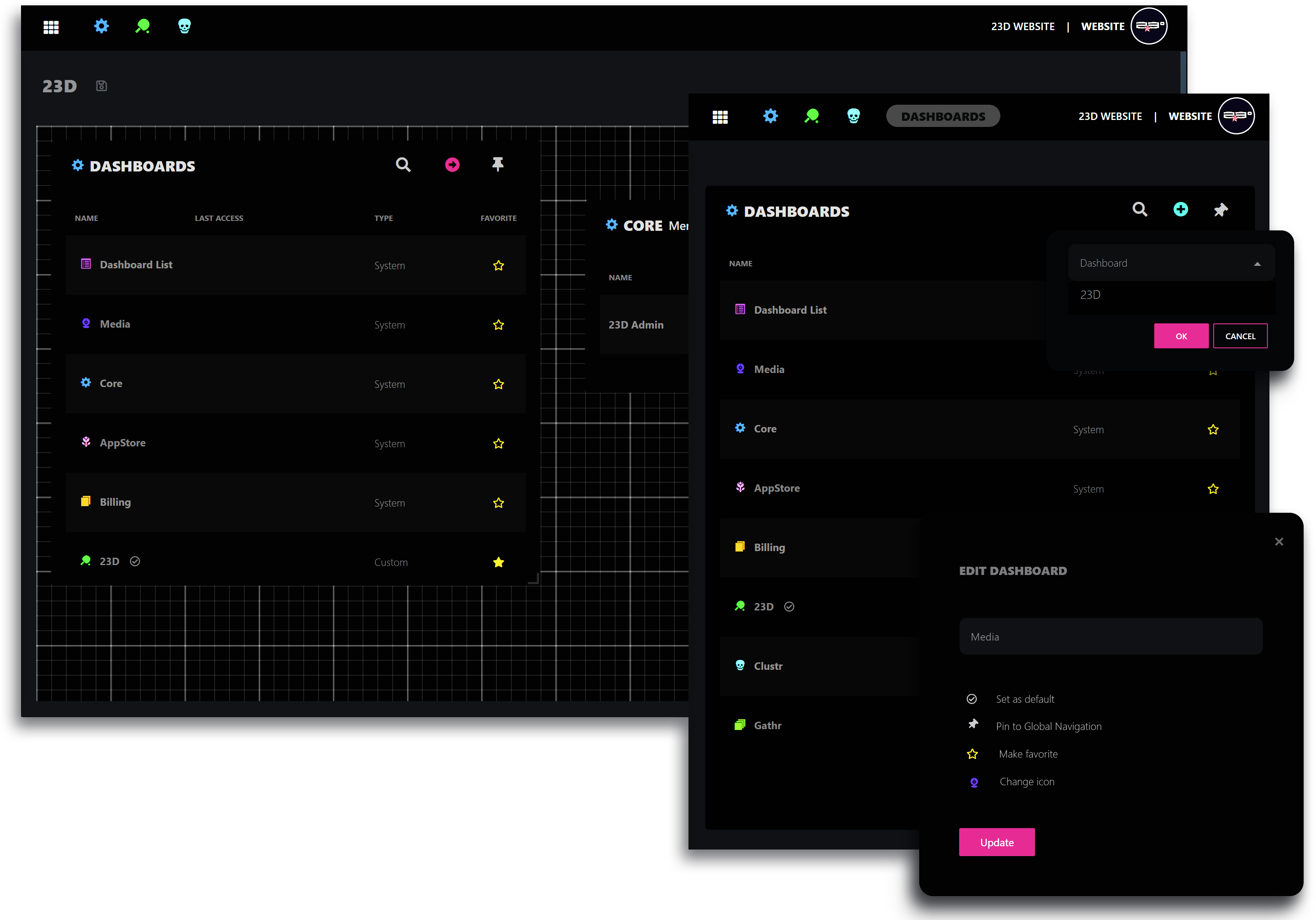
Our Built-in Apps Marketplace
Adapts to Any Industry
Our ability to monetize and grow our marketplace of enterprise industry apps is infinite
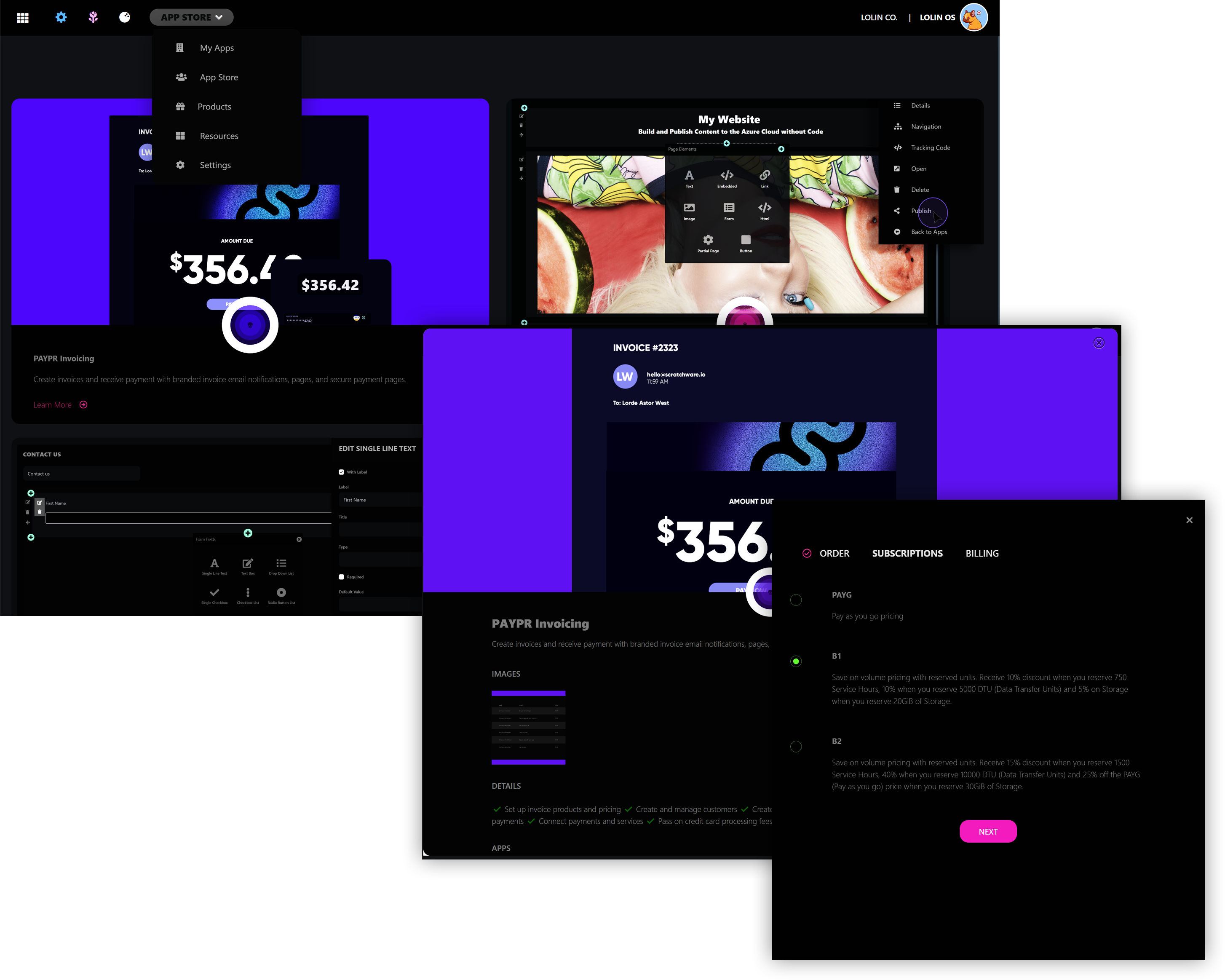
We "Uberized" Our
Distribution Channels
Built-in retail tools create entrepreneurship opportunities, dramatically lower operational costs, and exponentially expand our reach
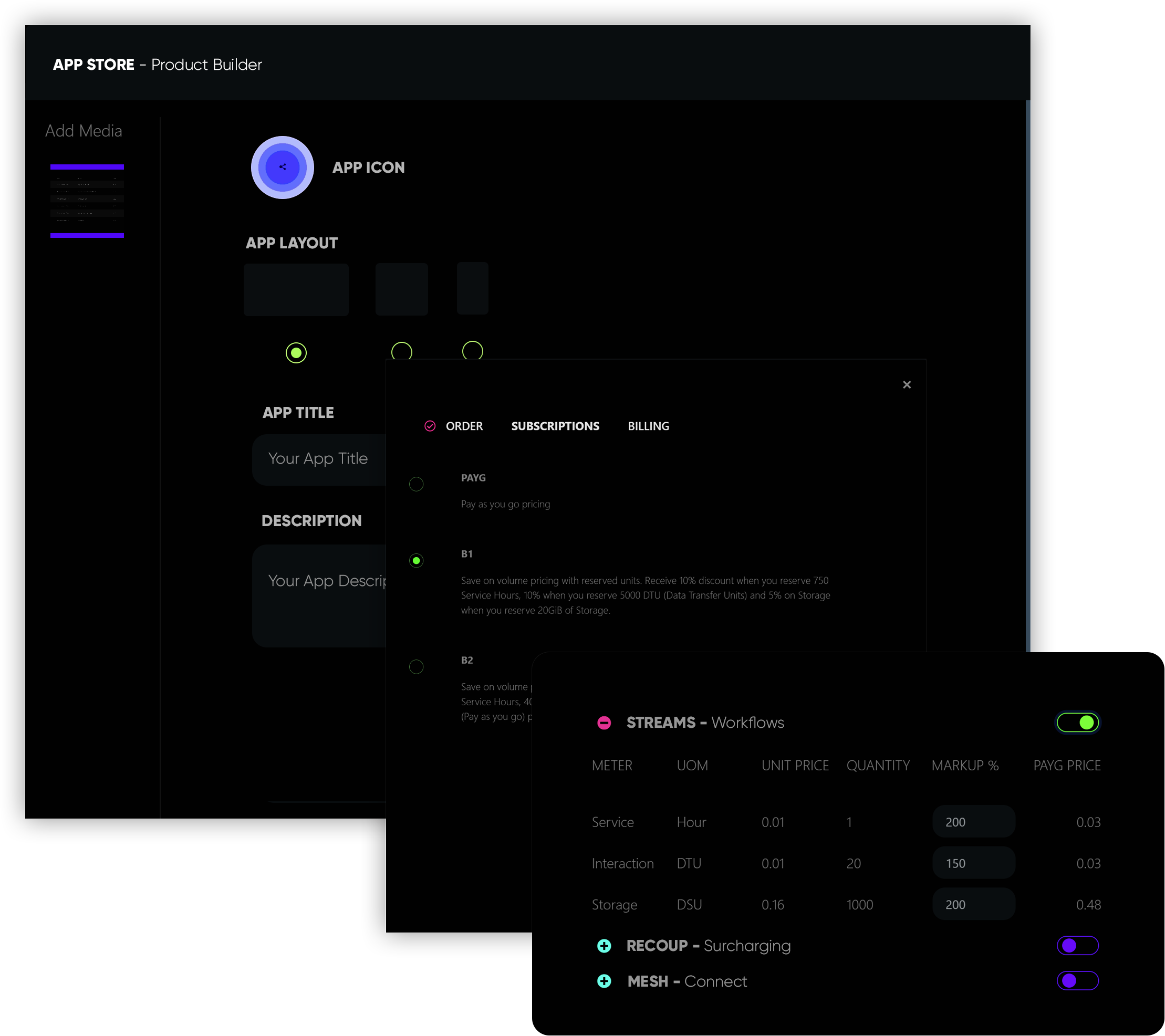
Our Usage-based Pricing
Accelerates Product Adoption
We've eliminated paywalls, pay buckets, and barriers to entry ensuring everyone can fully experience our products
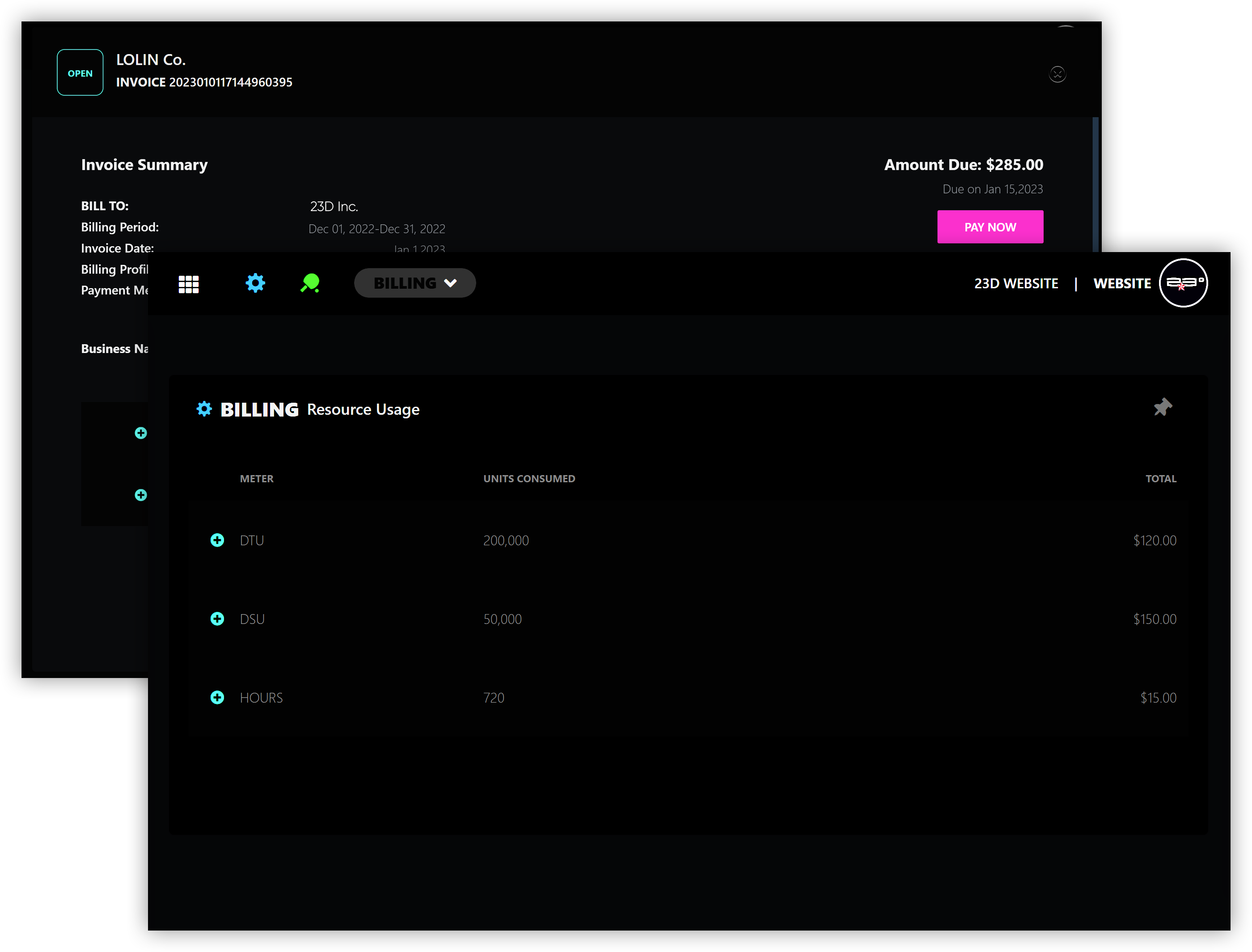
About DI⚡OS
Funding: Closed
Rapid Application Development or RAD technology is the fastest way to transform slow-moving markets and generate new wealth with a marketplace of enterprise-specific apps and freshly laid data pipelines.
The Problem Driving Innovation
Legacy markets have been slow to digitally transform stunting technological innovation, eliminating the potential for the generation of new wealth, negatively impacting free markets, and slowing the flow of commerce with outdated disconnected systems.
Market Signals Indicate the Time to Invest is Now
Legacy industry software lacks adaptability, resiliency, and connectivity impeding supply chains, increasing costs, impacting innovation, and stunting growth.
Strategic Barriers Carve Deep Moats
Legacy software vendors lock up markets, control pricing, and maintain a competitive advantage with boated, highly specialized solutions, effectively barring entry for new providers for these reasons legacy markets are difficult to disrupt and also why we choose to disrupt them.
Resistance
Tight coupling of data and processes makes it difficult to adopt new technologies and digital practices.
Complexity
Complex systems and processes that have evolved over time make transformation difficult.
Regulatory
Adoption of new technologies may have steep regulatory requirements or require approval.
Cultural
Strong tradition of relying on manual processes with resistance to the use of automated systems.